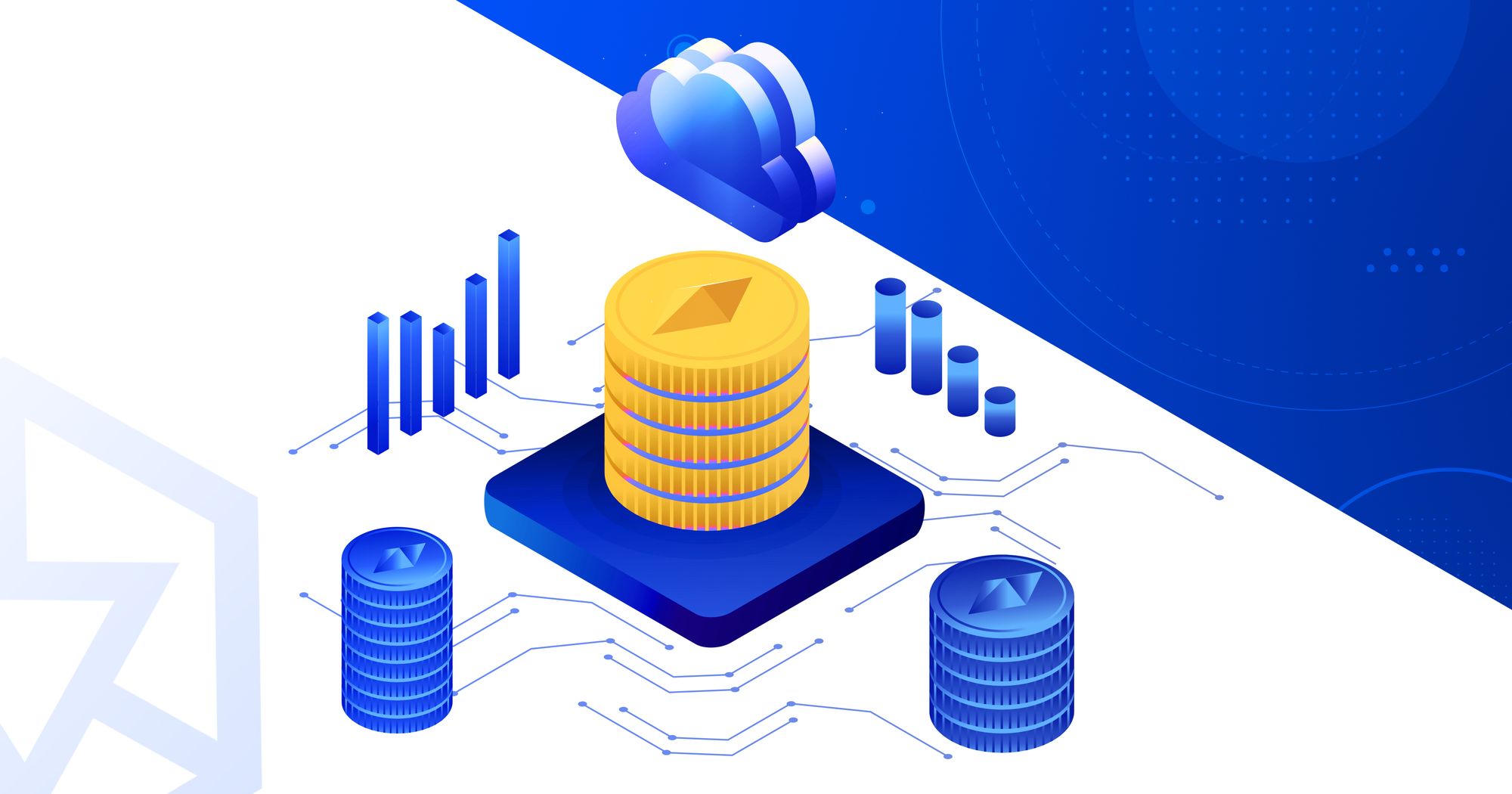The Decentralised Finance (DeFi) movement has been at the forefront of blockchain innovation. So what distinguishes DeFi applications from applications built on centrally governed mechanisms?
Decentralised applications (dapps) are permissionless, meaning that anyone with an Internet connection and a supported wallet can interact with them. Furthermore, they typically do not necessitate trust in any custodians or intermediaries.
Introduction to Yield Farming
Yield farming, also known as liquidity mining, is a method of generating rewards from cryptocurrency holdings. Simply put, it means locking up one's cryptocurrencies for a set period and receiving rewards in return.
One might think that yield farming is similar to staking. However, yield farming is more complex than staking in many ways, as many more factors are at play. In many cases, it collaborates with users who contribute funds to liquidity pools and are therefore known as liquidity providers (LP).
A liquidity pool is essentially a smart contract with funds. LPs get compensated for providing liquidity to the pool. Their reward could be derived from fees generated by the underlying DeFi platforms or other sources.
Yield farming is generally performed on Ethereum with ERC-20 tokens, and the rewards are also typically in the form of an ERC-20 token.
To achieve high yields, yield farmers tend to move their funds around different protocols. As a result, DeFi platforms may offer additional economic incentives to attract more capital to their platform. Liquidity attracts more liquidity, just as it does on centralised exchanges.
Cross-chain bridges and other similar developments, on the other hand, may allow DeFi applications to become blockchain-agnostic in the future-meaning that they can operate on other blockchains that support smart contracts.
How does yield farming work?
Yield farming is closely related to the automated market maker model (AMM). It usually involves liquidity providers (LPs) and liquidity pools.
Funds get deposited into a liquidity pool by liquidity providers. This pool is responsible for powering a marketplace where users can lend, borrow, or exchange tokens. Through these activities, the platforms earn fees, which then get distributed to liquidity providers in proportion to their share of contribution in the liquidity pool. This is the simple operation of an AMM.
However, implementations can vary greatly, as this is a new technology. There is no doubt that improved approaches will emerge.
The funds deposited are typical stablecoins pegged to the USD, though this is not a requirement in general. DAI, USDT, USDC, BUSD, and other stablecoins are commonly used in DeFi. Some protocols will create tokens representing the coins you have deposited in the system. For example, if you deposit DAI into a Compound, you will receive cDAI or Compound DAI. When you deposit ETH into Compound, you will receive cETH.
Yield farming is among the most robust use cases of DeFi or decentralised finance. It's a new way to earn rewards with cryptocurrency holdings that use permissionless liquidity protocols. In addition, it enables anyone to earn passive income by utilising the blockchain-based decentralised ecosystem of "money legos." As a result, yield farming can alter how investors HODL in the future.
How are yield farming returns calculated?
The estimated yield farming returns are typically annualised. This calculates the potential returns over a year. Some commonly used metrics are Annual Percentage Rate (APR) and Annual Percentage Yield (APY). The difference between them is that APR doesn't consider the effect of compounding, while APY does. Compounding, in this case, means directly reinvesting profits to generate more returns. However, APR and APY may be used interchangeably.
It's also worth keeping in mind that these are only estimations and projections. Even short-term rewards are pretty difficult to estimate accurately. Yield farming is a highly competitive and fast-paced market, and the rewards can fluctuate rapidly. If a yield farming strategy works for a while, many farmers will jump on the opportunity, and it may stop yielding high returns. As APR and APY come from the legacy markets, DeFi may need to find its own metrics for calculating returns. Due to the fast pace of DeFi, weekly or even daily estimated returns may make more sense.
The risks associated with yield farming
Yield farming isn't simple. The most profitable yield farming strategies are highly complex and only recommended for advanced users. In addition, yield farming is generally more suited to those with a lot of capital. Finally, yield farming isn't as easy as it seems, and if you don't understand what you're doing, you'll likely lose money.
One obvious risk of yield farming is smart contracts. Due to the nature of DeFi, many protocols are built and developed by small teams with limited budgets. This can increase the risk of smart contract bugs.
Even in the case of multiple protocols audited by reputable auditing firms, vulnerabilities and bugs are constantly discovered. Due to the immutable nature of blockchain, this can lead to a loss of user funds. Therefore, when locking your funds in a smart contract, you must consider this.
In addition, one of the most significant advantages of DeFi is also one of its greatest risks. It's the idea of composability. Let's see how it impacts yield farming.
As we've discussed before, DeFi protocols are permissionless and can seamlessly integrate. Unfortunately, this means that the entire DeFi ecosystem is heavily reliant on each of its building blocks. We refer to this when we say that these applications are composable – they can efficiently work together. His poses one of the most significant risks to yielding farmers and liquidity pools. You must trust the protocol you deposit your funds to and all the others it may rely upon.





